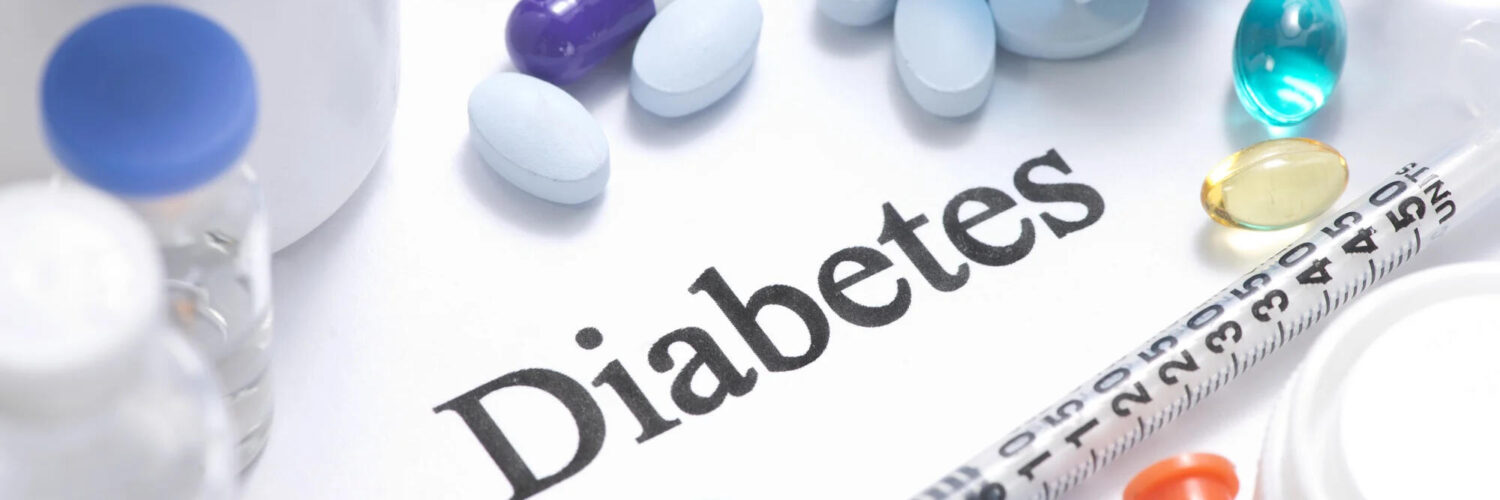It’s awful that close to 12% of Americans have diabetes.
Most people have heard of types one and two, but there are other forms of diabetes. One kind that’s less known is ketosis prone diabetes (KPD).
What should people know about KPD causes, symptoms, treatment, and more? Read on for our complete KPD guide.
Symptoms of Ketosis Prone Diabetes
Symptoms of KPD can vary a lot, often resembling those of other forms of diabetes. These may include the following:
- Increased thirst
- Frequent urination
- Unexplained weight loss
- Fatigue
- Blurred vision
People with KPD may also experience episodes of severe hyperglycemia and ketoacidosis. This can be deadly if untreated.
Understanding Pancreatic Beta Cell Dysfunction in KPD
One of the hallmark features of KPD is the temporary loss of pancreatic beta cell function. These cells make insulin production possible.
People with KPD may need insulin therapy to manage their condition. You’ll need the right CGM for your diabetic needs. As pancreatic function fluctuates, you may be able to transition to oral medications or lifestyle modifications for long-term management.
Understanding Type 1 and Type 2 Diabetes
With type 1 diabetes, the immune system harms pancreatic beta cells. This results in their destruction. People need insulin injections as a result.
KPD entails periods of insulin dependence interspersed with phases where insulin therapy might not be needed. Type 2 diabetes often revolves around insulin resistance and impaired insulin secretion. KPD episodes may encompass elements of both insulin resistance and deficiency.
Treatment Approaches for KPD
Treatment for KPD depends on each person’s symptoms and needs. During acute episodes of hyperglycemia or ketoacidosis, insulin therapy is often necessary to restore metabolic balance.
Once stabilized, healthcare providers may develop a complete management plan. It could include the following:
- Oral medications
- Dietary adjustments
- Regular exercise
Managing KPD and the Importance of Regular Monitoring
People with KPD need to keep an eye on their blood sugar to ensure their condition remains under control. This may involve frequent blood glucose testing at home. It could also include periodic visits to doctors for complete evaluations.
People can also better manage KPD and reduce the risk of complications with a healthy lifestyle.
Collaborating With Healthcare Providers for Optimal Management
KPD can be unpredictable. This is why ongoing communication with your doctor is vital. You’ll have the chance to tweak your approach for the greatest wellness results.
Support and Education for Individuals with KPD
Living with KPD can be challenging. Support and education are always available, though. Diabetes education programs offer valuable resources on the following topics:
- Blood glucose monitoring
- Medication management
- Meal planning
- Tricks to cope with the emotional impact of KPD
Support groups also provide a platform for people with KPD to connect with others. They understand their experiences and can share tips for managing KPD. This helps people with KPD enhance their self-care skills.
Being Insulin Dependent Can Be Tricky
Ketosis prone diabetes presents a unique challenge in diabetes management. With its characteristics bridging between type 1 and type 2 diabetes, early diagnosis and personalized treatment plans are essential for managing KPD and reducing the risk of complications.
Was this KPD guide useful? Bounce around our blog content for more wellness posts.






Add comment